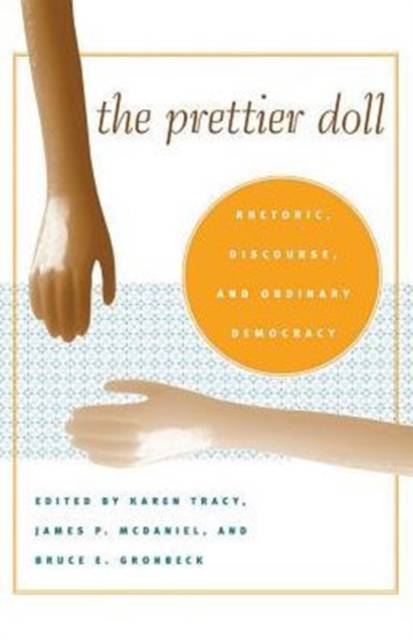
- Retrait gratuit dans votre magasin Club
- 7.000.000 titres dans notre catalogue
- Payer en toute sécurité
- Toujours un magasin près de chez vous
- Retrait gratuit dans votre magasin Club
- 7.000.0000 titres dans notre catalogue
- Payer en toute sécurité
- Toujours un magasin près de chez vous
The Prettier Doll
Rhetoric, Discourse, and Ordinary Democracy
66,45 €
+ 132 points
Description
Essays in the The Prettier Doll focus on the same local controversy: in 2001, a third-grade girl in Colorado submitted an experiment to the school science fair. She asked 30 adults and 30 fifth-graders which of two Barbie dolls was prettier. One doll was black, the other white, and each wore a different colored dress. All of the adults picked the Barbie in the purple dress, while nearly all of the fifth graders picked the white Barbie. When the student's experiment was banned an uproar resulted that spread to the national media. School board meetings and other public exchanges highlighted the potent intersection of local and national social concerns: education, censorship, science, racism, and tensions in foundation values such as liberty, democracy, and free speech. For the authors of these essays, the exchanges that arose from "Barbiegate" illustrate vividly the role of rhetoric at the grassroots level, fundamental to civic judgment in a democratic state and at the core of "ordinary democracy."
Spécifications
Parties prenantes
- Editeur:
Contenu
- Nombre de pages :
- 304
- Langue:
- Anglais
- Collection :
Caractéristiques
- EAN:
- 9780817315757
- Date de parution :
- 23-09-07
- Format:
- Livre relié
- Format numérique:
- Genaaid
- Dimensions :
- 152 mm x 229 mm

Les avis
Nous publions uniquement les avis qui respectent les conditions requises. Consultez nos conditions pour les avis.





